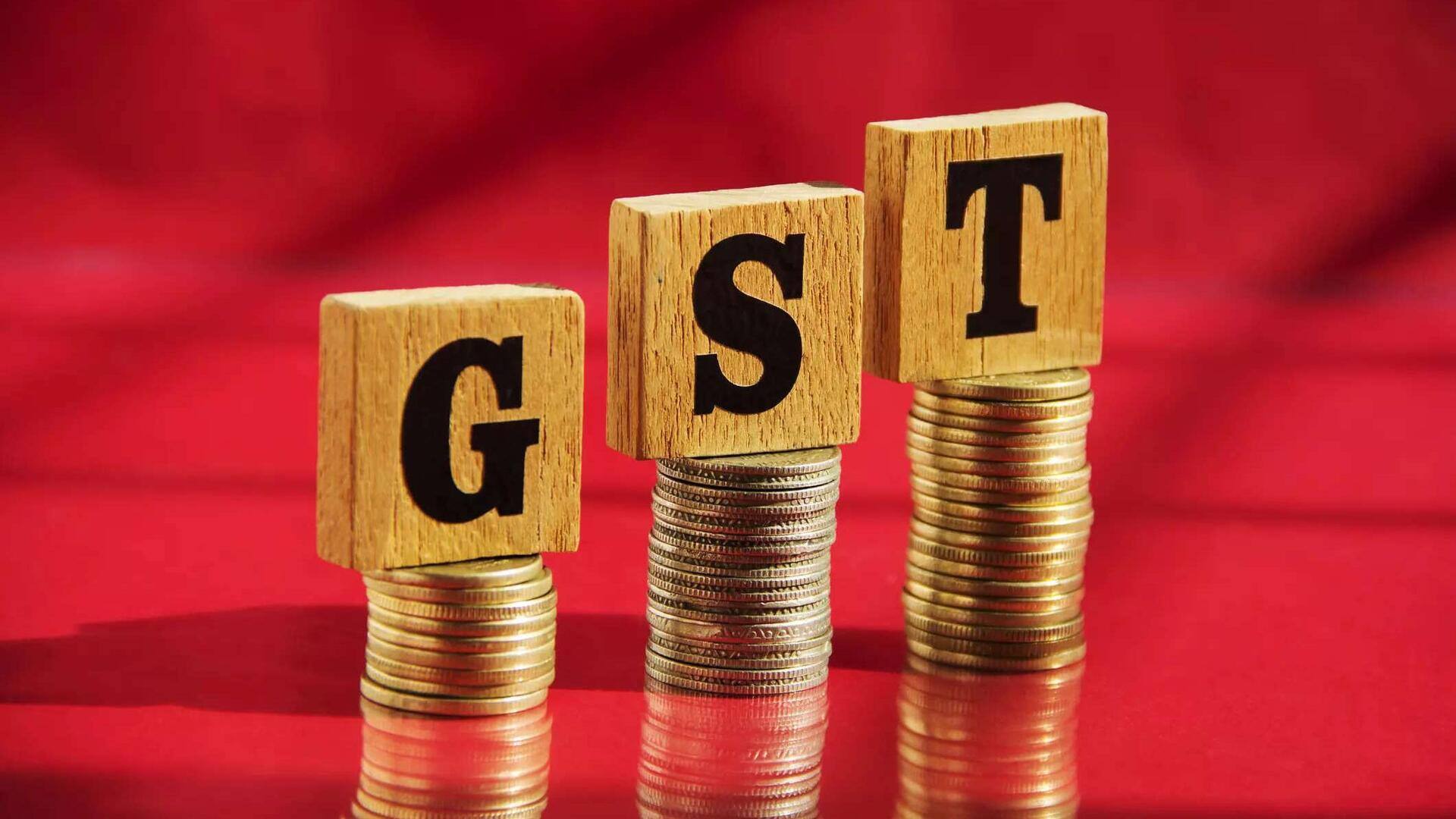
How GST 2.0 reforms can boost tourism in India
What's the story
The Indian government's recent Goods and Services Tax (GST) reforms are expected to give a major boost to the hospitality, transport, and cultural sectors. The Ministry of Social Welfare announced today that the reduced taxes on hotel stays and bus fares are part of a strategic plan to make tourism more affordable. The aim is to encourage investment in these sectors and create more jobs.
Impact on tourism
Government optimistic about tourism growth
The government said these tax cuts will strengthen the domestic tourism ecosystem, promote cultural heritage, and also encourage investment in related sectors. Between 2021 and 2024, Foreign Tourist Arrivals (FTAs) in India grew from 15.27 lakh to 99.52 lakh, according to Ministry of Tourism data. This spike indicates a strong recovery and growth of India's post-pandemic tourism industry.
Tax cut details
Affordable hotel stays for budget travelers
The government has slashed the GST rate on hotel rooms costing less than ₹7,500 per day from 12% (with input credit tax) to 5% (without ITC). The move is tipped to make hotel stays more affordable for middle-class and budget travelers. It also hopes to make India a more attractive destination for foreign tourists by bringing its hospitality tax structure in line with those of other countries.
Sectoral growth
Increased investment and job creation
The GST cut is expected to boost weekend travel, pilgrimage circuits, the heritage tourism, and eco-tourism. It will encourage investment in new mid-segment hotels, homestays, and guesthouses. This would not only create jobs but also improve infrastructure in these sectors.
Transport boost
Reduced fares on semi-urban, rural routes
The government has also reduced the GST on buses with a seating capacity of more than 10 people from 28% to 18%. This is likely to bring down ticket fares, especially on semi-urban and rural routes. The move is tipped to encourage a shift from private vehicles to shared/public transport, thereby reducing congestion and pollution levels in these areas.